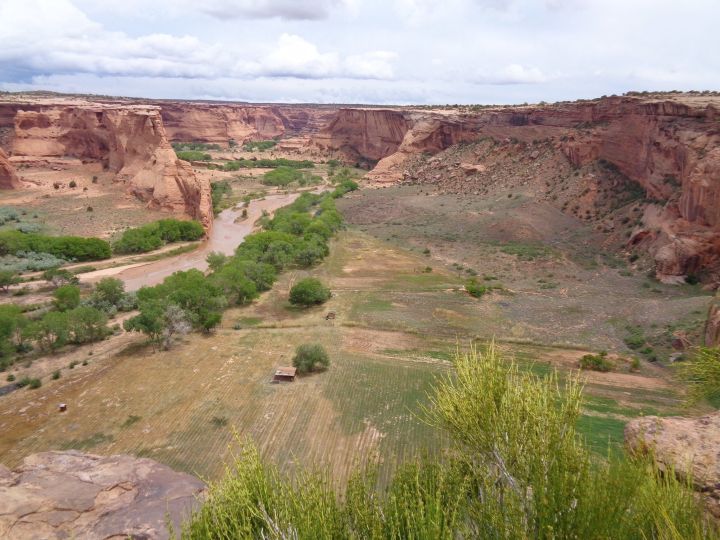Hop In Your Car And Take The Incredible, 15-Mile Canyon de Chelly National Monument Scenic Drive In Arizona
You won’t always be in the mood for a long hike, so it’s nice when popular tourist destinations also offer a scenic driving option. Canyon de Chelly National Monument in Chinle boasts a 15-mile drive that showcases some of the most iconic natural features on its sacred lands. Since most of the park is inaccessible without a tour guide, this is a perfect way for the public to enjoy the splendorous views. Let’s check out some of those gorgeous Canyon de Chelly National Monument photos.







Explore the amazing beauty of Canyon de Chelly in this stunning 4K video:
The best time to visit the Canyon de Chelly National Monument is typically in the early spring or in the fall when temps in Arizona are more mild. For the most up-to-date info on closures and park hours, keep checking the official NPS website and the Canyon de Chelly National Monument Facebook page for the latest updates. Check out the official AllTrails page as well for directions to Canyon de Chelly National Monument!
Have you ever driven Canyon de Chelly Scenic Drive? If so, tell us all about your experience in the comments. Check out our previous article for another bucket-list-worthy adventure in Arizona.
OnlyInYourState may earn compensation through affiliate links in this article. As an Amazon Associate, we earn from qualifying purchases.
More to Explore
Canyon De Chelly And Other Arizona Adventures
- Where is Canyon De Chelly in Arizona?
The Canyon De Chelly National Monument is located in Chinle, Arizona. You’ll find this town in far northeastern Arizona on Navajo tribal lands. Some interesting facts about the canyon:
- It’s pronounced “Canyon deh-SHAY". If you don’t pronounce it right, locals will know!
- The monument encompasses an amazing 83,840 acres.
- The monument encompasses the rims and floors of three canyons: de Chelly, Monument, and del Muerto.
Learn more about this amazing National monument in Arizona!
- Where can I go on Jeep tours in Arizona?
There are several places you can find Jeep tours in Arizona, including some amazing Canyon de Chelly tours! You might be surprised by some of them. The best Jeep tours in Arizona include:
- The famous Pink Jeep Tours in Sedona offers some truly amazing views you probably wouldn’t have been able to see otherwise.
- Scottsdale Adventure Tours in Scottsdale offers some amazing views of the beautiful desert (among other things).
- Safari Jeep Tours in Sedona is just as worthy of your attention and consideration as Pink Jeep Tours is. Sedona knows its tours!
Learn more about Pink Jeep Tours in Arizona.
- What are some other fun things to do in Arizona?
Arizona is an absolutely amazing state with plenty of things to do, see, and experience – especially if you’re an outdoorsy person! Some other fun things to do in Arizona are:
- Hike any (or all) of the hundreds of miles of amazing hiking trails in AZ.
- Spend the day at any (or all) of the wonderful lakes in Arizona.
- Visit a mountain town like Flagstaff or a historic town like Tombstone.
- Go stargazing in the desert (did you know the first ever Dark Sky Area was in AZ?)
Learn more about all the fun things to do in Arizona!




